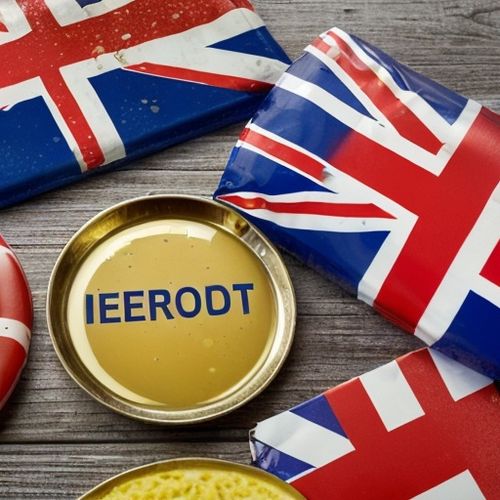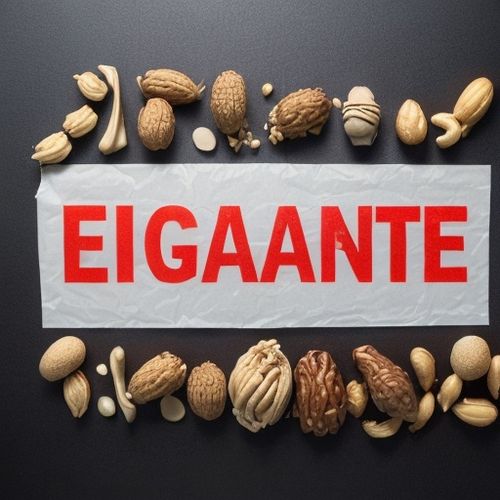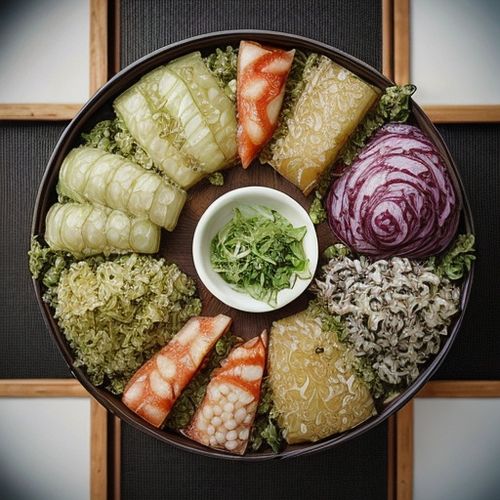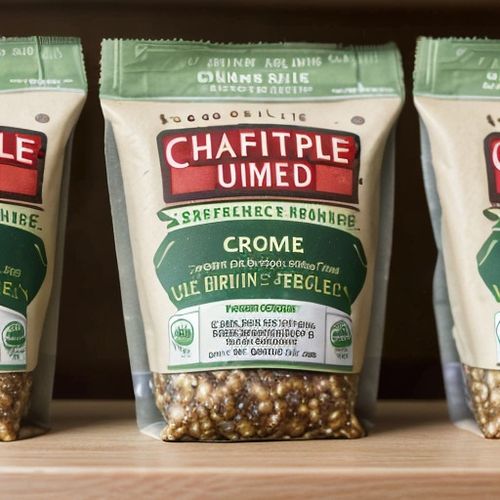The global culinary landscape has witnessed a remarkable surge in the popularity of Nordic fermented foods, with traditional staples like kimchi and kombucha leading the charge. This trend, rooted in ancient preservation techniques, has transcended cultural boundaries to become a cornerstone of modern health-conscious diets. From the bustling streets of Seoul to the trendy cafes of San Francisco, these pungent creations are redefining what it means to eat both flavorfully and nutritiously.
What began as necessity-driven food preservation in Scandinavia's harsh climates has evolved into an international movement. The Nordic countries' approach to fermentation—characterized by simplicity, purity, and respect for natural processes—resonates deeply with contemporary consumers seeking authenticity in their food choices. This isn't merely about following another health fad; it's about reconnecting with food traditions that have nourished generations while delivering proven benefits to gut health and overall wellbeing.
Kimchi, Korea's fiery fermented cabbage dish, has become the unlikely poster child of this movement. While not originally Nordic, its adoption and adaptation by Scandinavian chefs has created fascinating culinary fusions. The Norwegian practice of fermenting fish, known as rakfisk, and Sweden's surströmming (fermented herring) might challenge uninitiated palates, but their complex umami profiles have gained cult followings among adventurous foodies worldwide. These intense flavors speak to a growing appetite for bold, authentic tastes that industrial food production cannot replicate.
The kombucha revolution tells a similar story. This effervescent fermented tea, while having roots in ancient China, found particularly fertile ground in Nordic countries where the craft of fermentation runs deep. Scandinavian producers have elevated kombucha brewing to an art form, incorporating local botanicals like cloudberries, lingonberries, and birch sap to create distinctly Nordic variations. The result? A beverage that satisfies both the modern demand for functional drinks and the timeless human craving for connection to place and tradition.
Science has caught up with what traditional cultures knew instinctively. Recent research into the microbiome has validated the health benefits of fermented foods, revealing their crucial role in maintaining gut health and supporting immune function. This scientific backing has transformed fermented foods from niche health store offerings to mainstream supermarket staples. The Nordic approach—focusing on quality ingredients and slow, natural fermentation processes—aligns perfectly with this growing body of evidence, giving their products particular credibility in the global marketplace.
Beyond health benefits, the environmental advantages of fermented foods resonate strongly with ecologically conscious consumers. Fermentation represents one of the most sustainable food preservation methods, requiring minimal energy input compared to canning or freezing. In an era of climate crisis, the Nordic model of using fermentation to extend seasonal produce and reduce food waste offers practical solutions to pressing global problems. This environmental dimension adds another layer to why these ancient techniques feel so urgently relevant today.
The commercial success of Nordic fermented products has sparked innovation across the food industry. Startups are experimenting with fermenting everything from coffee beans to chocolate, while established brands rush to develop their own fermented offerings. This gold rush has its pitfalls—some mass-produced versions sacrifice traditional methods for speed and scale, diluting both flavor and nutritional value. Yet at its best, this fermentation renaissance represents a meaningful return to food craftsmanship after decades of industrial homogenization.
Cultural exchange plays a vital role in this global fermentation movement. Nordic chefs study Korean kimchi-making techniques, while Asian producers adopt Scandinavian quality standards. This cross-pollination enriches all parties, creating hybrid foods that honor tradition while embracing innovation. Food festivals dedicated to fermentation now draw international crowds, and social media has become a vibrant hub for sharing fermentation knowledge across continents and generations.
Looking ahead, the fermentation trend shows no signs of slowing. As consumers increasingly prioritize both health and sustainability, fermented foods sit at the sweet spot between these concerns. The Nordic example—with its emphasis on quality, tradition, and environmental responsibility—offers a compelling model for how ancient foodways can address modern challenges. From improving gut health to reducing food waste, these bubbling, pungent creations might just hold some answers to creating a healthier, more sustainable global food system.

By Jessica Lee/Apr 9, 2025

By Eric Ward/Apr 9, 2025

By Grace Cox/Apr 9, 2025

By Joshua Howard/Apr 9, 2025

By Noah Bell/Apr 9, 2025

By Natalie Campbell/Apr 9, 2025

By Grace Cox/Apr 9, 2025

By Emma Thompson/Apr 9, 2025

By James Moore/Apr 9, 2025

By Daniel Scott/Apr 9, 2025

By Victoria Gonzalez/Apr 9, 2025

By Noah Bell/Apr 9, 2025

By Ryan Martin/Apr 9, 2025

By Emma Thompson/Apr 9, 2025

By Emma Thompson/Apr 9, 2025

By Daniel Scott/Apr 9, 2025

By Christopher Harris/Apr 9, 2025

By Joshua Howard/Apr 9, 2025